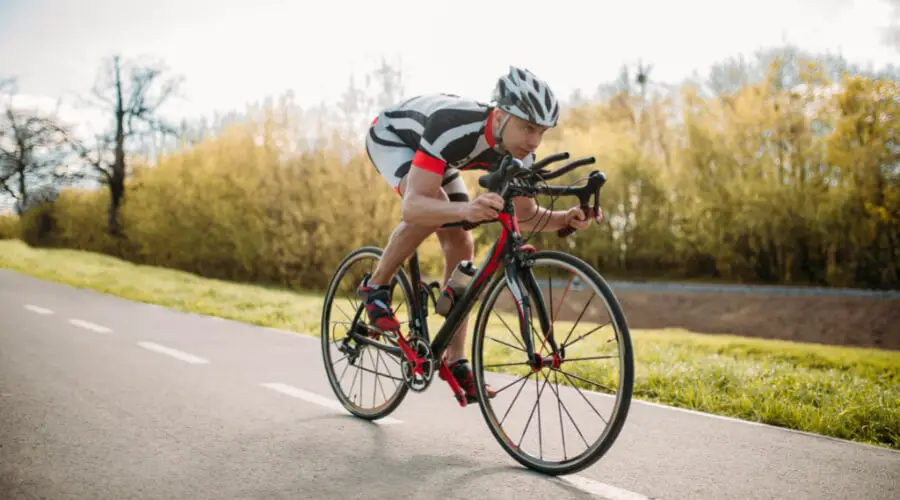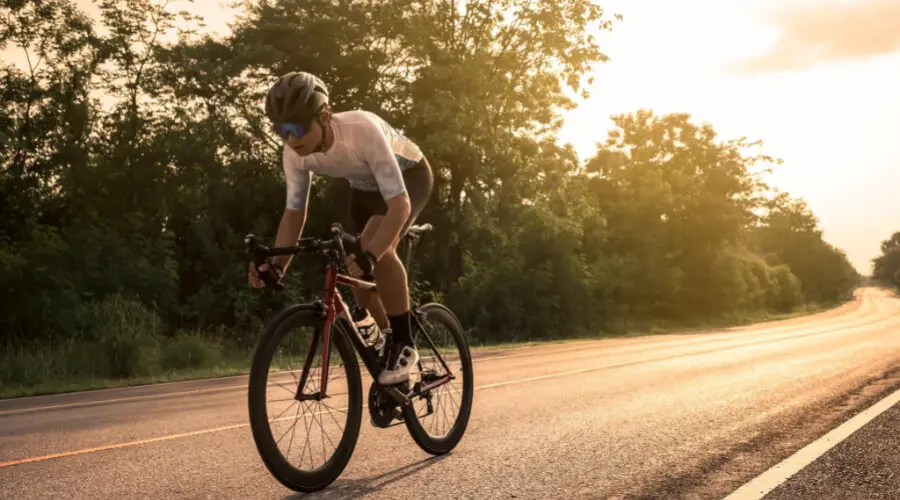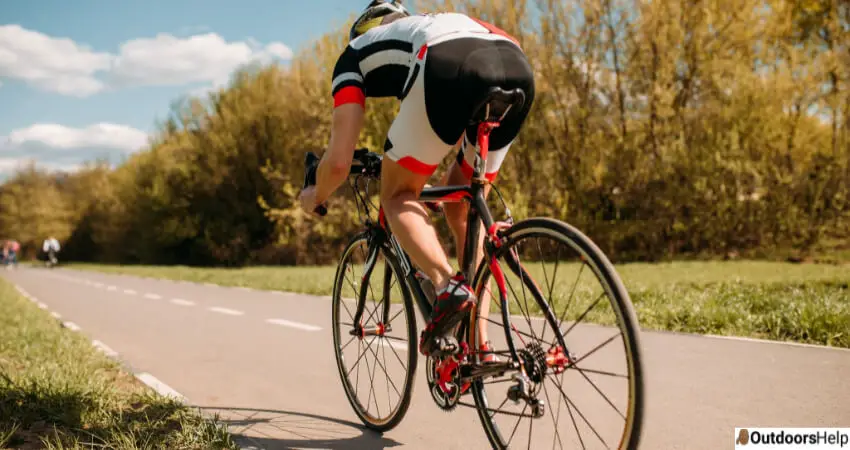When you ride a new bike for the first time, you will be surprised at how fast you can ride. It’s easy for a rider to reach 20-25mph (30-40km/h), although you cannot sustain high speeds on longer distances. A beginner will cycle at an average speed of about 30mph, while a professional will reach 45 mph. If you want to cycle at a fast speed, you should get a bike that’s made for high speeds.
This article examines the riding speed records achieved by individual bikers in the unpaced and motor-paced categories. However, to be realistic with how fast you can go in a bike, we have explored the average riding speeds of different riders. Keep reading to find out factors affecting biking speed.
Biking Industry Subcategories

Unpaced Biking Records
Unpaced biking is the raw natural biking power, which means that there is no added technology to help the bike’s overall speed. International Human Powered Vehicle Association (HPVA) monitors, inspects, and records unpaced bike records. This means that the rider faces the wind without any additional motor-paced support. This record was first broken by Sam Wittingham, a cyclist from Canada. He holds several HPVA records, and his winning record was a speed of 82.82 mph. He was beaten by Todd Reichert, the current record holder whose top speed was about 89.85.
Motor Paced Records
Motorbiking helps the user in their speed by making them go at higher speed rates than expected. Some notable people who have broken records include John Howard, who went over 152 mph. The Olympic cyclist and triathlete had enough power, speed, and precision to reach very high speeds. Fred Rompelberg broke this record by going at a speed of 166.9 mph in 1995. Other cyclists have been trying to break this record and achieve higher speeds.
What Is The Best Average Speed On A Road Bike?
It’s essential to measure speed when cycling to know the best average for your experience level. A beginner should cycle at an average speed of 10 mph for one hour ride, and an intermediate rider should cycle at 15 mph. Regular trainers can reach the speed of 20 mph while a professional cyclist goes up to 25 mph for a one-hour ride.
Factors Affecting Speed On A Ride

Route
The route you take is a significant factor influencing how fast you will ride your bike. However, this doesn’t only include the distance and the names of the streets or paths. If you cycle in the road with stop signs, your speed will be affected as the stop signs will slow you down.
Cycling in an area with too many hills and plains will also change your ride metrics. You will ride at a slow rate while riding on hills than you would on a flat surface.
You should also know that riding further will take more effort because not every average is the same. If the ride is longer, you will be much slower. So, although you may be a bit slow on an extra-long ride, you should appreciate the fact that you put in much effort to complete the ride.
If you are riding on a popular path, you should be aware of walkers, pets, and other cyclists. Sometimes it’s easy to get around them by ringing a bell or yelling at them to notify them of the side you will be cycling. You will need to stop other times, especially when a group of people takes up the whole path. When passing people, you should do so at a safer speed so you can both get time to react. Roads with more cars will also slow you down. Lastly, turns also play a massive role in how fast you go because you may need to slow down often to take a turn.
Weather
Cyclists perform best when it isn’t too hot or too cold. Keeping yourself warm or cooling yourself off may take a lot of energy. The ideal temperature range should be about 65°F and 85°F so that you are neither too hot nor too cold. It would help if you considered riding when it’s hot and cloudy or cold and foggy. Clouds affect you by changing how hot or cold you feel.
Rain may seem like a good idea during summer, but it may also slow you down. Rain causes reduced visibility and less traction on the road. Dust and rain are bad and will make you slow down. Therefore, you may not want to consider cycling when it’s raining if you care about speed.
Fitness Level
People who are more fit can cycle faster and longer. Thus, one of the best and permanent ways to improve your speed is by living a more active lifestyle and riding more frequently to be fit.
If you are heavier and weigh more pounds, you will need more energy to get you up to speed and get you to the top of the hill. So, keep your weight in mind when measuring your cycling speed.
Gender
Men form muscles differently than women under the same conditions. Men can grow larger muscles than women. Thus, they can pedal with more power than women on average going through similar training.
On the other hand, women tend to be smaller, making them lightweight and aerodynamic compared to men. Hence, women don’t need to pedal with too much power to achieve a similar speed. Ultimately, a woman of the same training as a man will be 1-2 mph slower. So, it is basically about the same.
Experience
Experience refers to how far and long you have ridden. Some people are more confident on the bike than others. Therefore, if you are more confident, you will be able to ride safely and faster.
If you are more familiar with the route or path you are taking, you will identify potential danger and address it as soon as possible. Hence, you will be faster than someone who has not ridden on that route before. You’ll also be able to ride through bumps easily.
Conclusion
Cycling has become a popular sport in today’s society. The sport allows you to test your current speed as you aspire to break a record. If you want to ride at high speed, you should consider some factors, including weather, fitness level, experience, etc.

